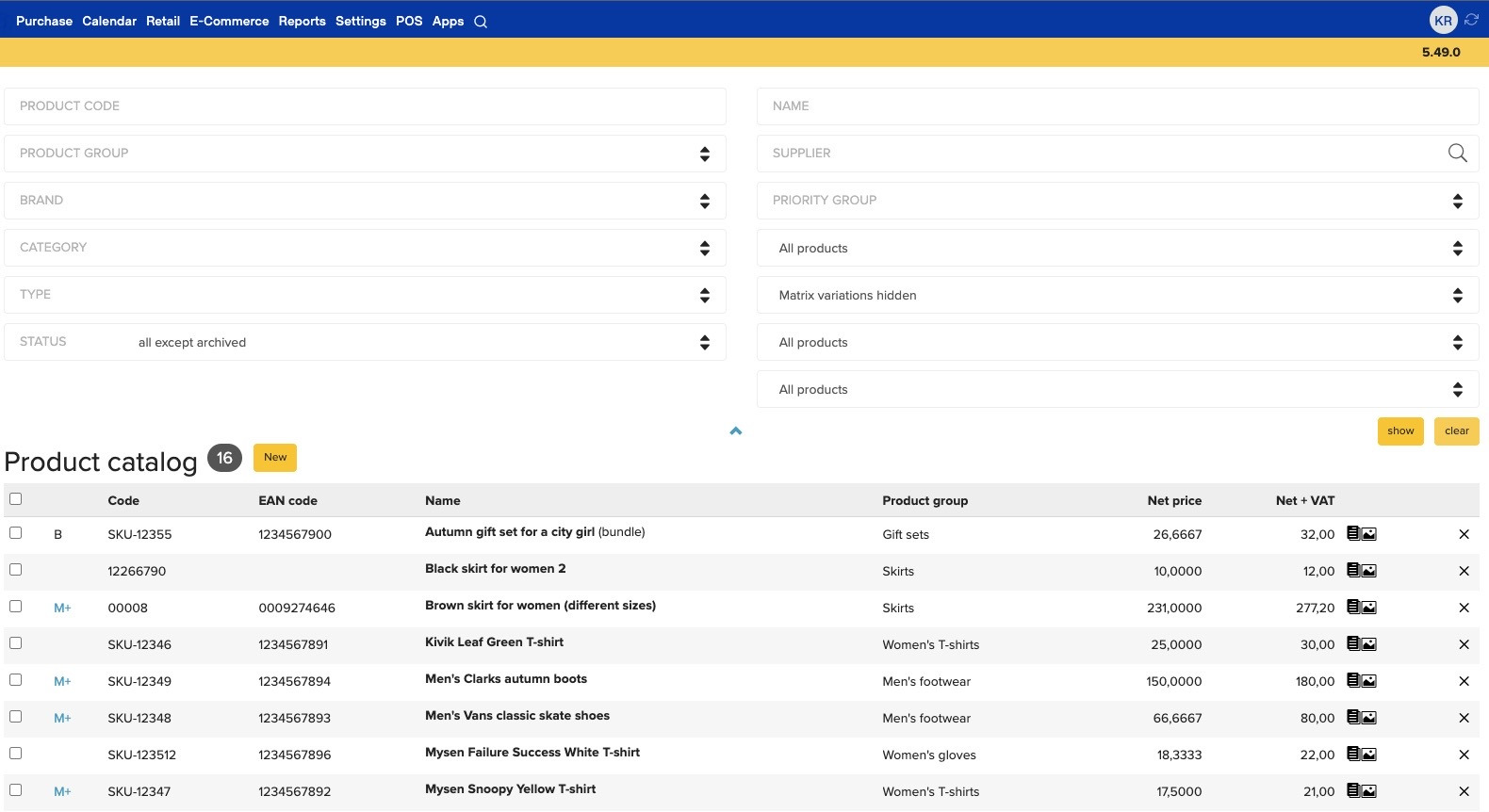Online Payments and PayPal
In 2018 it seems weird to think that there was a time when you had to go to a bank branch to know your account balance, make a bank transfer or take on a microloan. Now all of this can be done via a computer or smartphone.
The first solution resembling online banking services was created in 1981. A year before, four New York banks – Citybank, Chase Manhattan, Chemical Bank and Manufacturers of Hanover – created the Home Banking solution in an effort to be more available to their customers. Granted, the Videotex system they used was pretty basic and slow, but the online banking system did allow the customer to conduct bank transactions with the help of a phone’s keypad.
The Bank of Scotland launched their online banking system, Homelink, in 1983. The customer could contact the bank via their TV or phone and could pay bills or transfer money.
The development of online shopping made online payments a necessity and retail giants like America Online, Amazon.com and eBay further promoted the development of online banking.
If we consider 1981 the birth of online banking, then it took at least a quarter of a century for it to become mainstream! In 2010, about half of all adults in America and a little under a half of all adults in the UK used online banking services.
However, the popularity of online shopping created demand for a payment network that all major auction and online shopping sites accepted. Enter eBay, the owner of one of the world’s largest online payment systems, PayPal.
PayPal was founded in 1998 and started out as antivirus software that had a money transfer service. In 2000, its creators Pieter Thiel and Max Levchin decided to merge with online banking company X.com owned by Elon Musk. PayPal was acquired by eBay in 2003 and became the auction site’s primary payment method.
PayPal is so brilliant because the buyer and seller never see each other’s bank accounts. PayPal arranges the money transfer and keeps the bank account/credit card number to itself. The customer can keep the money they received for the sold items on their PayPal account and use it for purchases on eBay. Today PayPal has over 220 million accounts from 190 countries and is the most common online payment method.
Credit Card Terminals: From the ZipZap to Contactless Terminals
A payment terminal, also referred to as a point-of-sale or POS terminal or credit card terminal, allows transferring money electronically and reads the information on the credit or debit card. Contemporary devices also support contactless NFC-based transactions.

The creators of payment terminals have historically had two tasks – to make the process of reading data automatically as quick as possible and to guarantee the safety of the transaction.
Before credit card terminals were adopted, stores would use mechanical credit card machines (known as ZipZap machines). It was used to press the number and cardholder’s name embossed on the card onto a special form. A copy of the form would be delivered to the bank for processing. The process was time-consuming and clumsy.
A magnetic strip was added to credit cards in 1979 and VISA adopted an electronic POS system that same year. These developments led to the creation of special credit card terminals that skyrocketed a small tech company from Hawaii, Verifone, to fame. The company’s ZON-terminal became so popular that it set the bar for all credit card terminals. Ingenico, that created its first terminal in 1984, became the second global name.
Credit card terminals have developed in tune with credit cards. Criminals realized that the information on the card’s magnetic strip was easy to read and write and began cloning credit cards.
To combat this, three credit card companies, Europay, MasterCard and VISA, created a common EMV standard, i.e. chip cards that raised security to new levels. Before, a shopkeeper’s only security was to compare the customer’s signature on the receipt to the signature on the card, now the PIN code and a cryptographic algorithm came to the rescue.
The contactless NFC (near-field communication) card entered use in the early 2000s. All of the information is recorded on the card’s chip and is transferred to the terminal using an antenna. Devices equipped with this technology (e.g. plastic cards and smartphones) can be used both as payment devices and a means of identification and entry.
NFC works between:
- Two NFC-enabled devices;
- A device and NFC tag (often a sticker with a small microchip);
- A device and payment terminal.
NFC began to spread quickly when three tech giants, Sony, Nokia and Philips, enforced a common standard in 2004.
The NFC standard has several significant advantages, e.g. it has an incredibly short 0.1-second pairing time, which is 60 times less than it takes two Bluetooth devices to pair.
Unlike a QR-code, NFC enables secure connectivity and can encrypt data. Furthermore, it is always ready, meaning that there’s no need to turn on a code reading app on your smartphone. It’s quick, safe and comfortable.
Credit card companies are happy with these developments – contactless cards reduce the proportion of cash payments, especially for small purchases, and recent years have shown that people have happily accepted contactless payments.
Sadly, the triumph of this microchip indicates the end of the credit card era.






